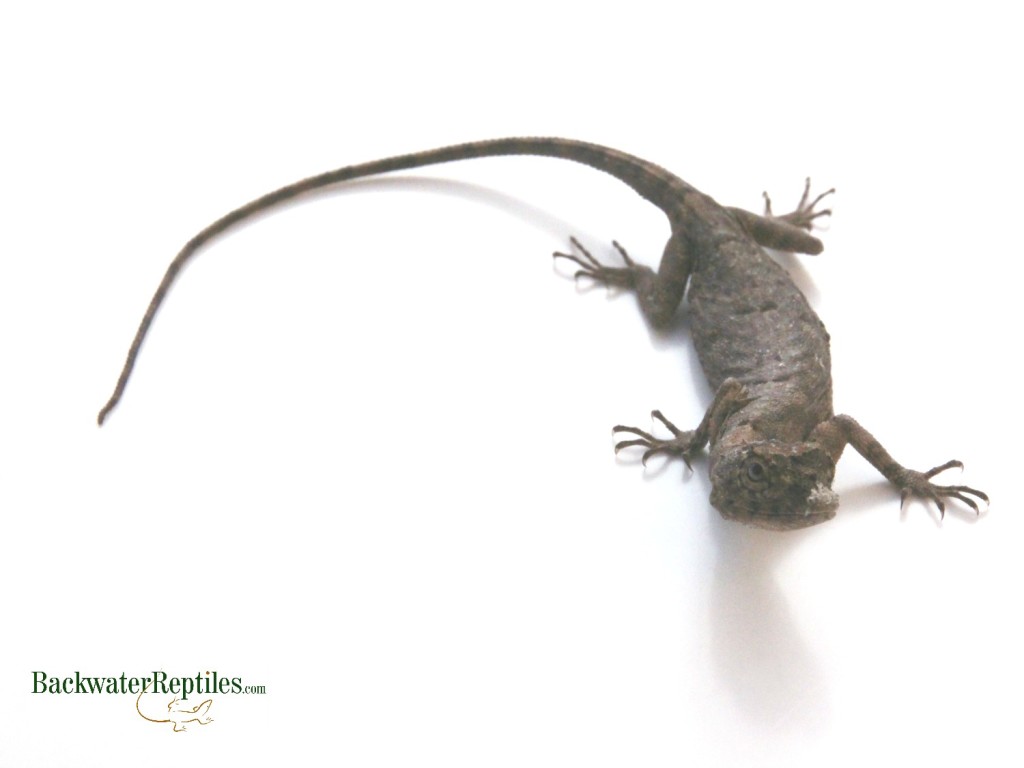In this article we’re going to explain to you information on Flying dragon care and setup as a reptile pet. They’re definitely one of the most fascinating creatures on the planet, and definitely a favorite with our customers!
The Flying dragon (Draco volans) is a species of agamid lizard that is also known as the Flying Lizard and the Flying Draco. These lizards are brown to dark brown in color with some darker overlay patterns. Males have a yellow-ish dewlap and females tend to have a blue dewlap. They will grow to be about eight inches long.
They are unique and interesting pet lizards because they have “wings” that allow them to glide from tree to tree in the wild. These wings are not true wings, but rather a ribbed membrane attached to the side of the dragon’s body that spread out like a fan.

The Flying Dragon is not a pet lizard you commonly see. Although these lizards are not extremely difficult to care for, they aren’t that easy to come by. We do not recommend these lizards be kept by beginners, although herpers with some experience (and space to house them) will find them to be rewarding pets.
Flying dragons come from the Philippines, western Malaysia and also widely across the Indo-Pacific islands. They prefer to live in forested areas with lots of trees and foliage and rarely descend to the ground.
When their wings are extended, bright colors are displayed, which makes it easier to determine the dragon’s gender. When the wings are not in use, the dragon keeps them folded closely against its body, giving the lizard a long, slender appearance.

In the wild, flying dragons will eat mostly termites and ants, but in captivity, they can be taught to eat crickets, mealworms, and flies as a staple diet. It’s always wise to offer a bit of variety in order to make sure your dragon gets all the nutrients and vitamins it needs.
Flying dragons should always have access to a water dish. We also recommend misting their enclosure regularly as they do come from moist and tropical environments.
If you want to see your dragon fly, you must provide it with enough space. Due to their arboreal nature, you should provide an enclosure that is tall as well as wide. There will need to be plenty of sturdy plant life and foliage inside the enclosure with enough space between them to allow the dragon room to stretch its wings.
It is generally acceptable to house two or three females together, or even one male with several females. This will encourage the male to perform territory and mating rituals which can be entertaining to watch. When the male encounters a female, he will extend his wings and dewlap and try to make himself look larger. He will also bob his head to display his dominance.
We do not advise keeping multiple males in one enclosure as it will cause them undue stress. They might even injure one another.
In general, flying dragons are somewhat secretive. Although they’re not aggressive, they usually don’t enjoy being handled and will do much better if left to their own devices in their enclosures.
As previously mentioned, flying dragons are arboreal and don’t descend to the ground often. The only behavior that has been observed where they go to the ground by choice is when a gravid female lays her eggs.
The female will dig a hole with her snout and proceed to lay a clutch of approximately five eggs. After the eggs have been deposited in the ground, the female will cover them and remain with them for a day or so. The eggs will hatch in about a month’s time.

Conclusion
While flying dragons make impressive and fascinating pets, they are not for everyone or for beginners.
Due to their arboreal nature, they need an enclosure that is built like with an arboreal style so they have room to glide and hide. This means a wide and tall cage will be needed.
In addition, flying dragons can be secretive and are not great pets for someone who would like to handle their reptile often.
If you are ready to care for your own flying dragon, Backwater Reptiles does have these beautiful and unique gliding lizards for sale.
